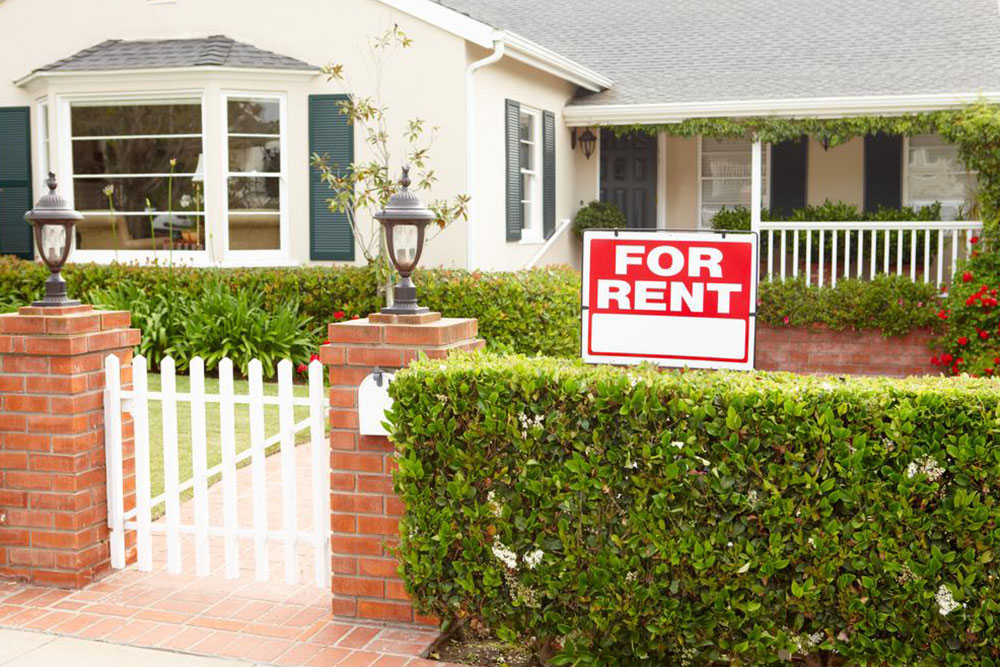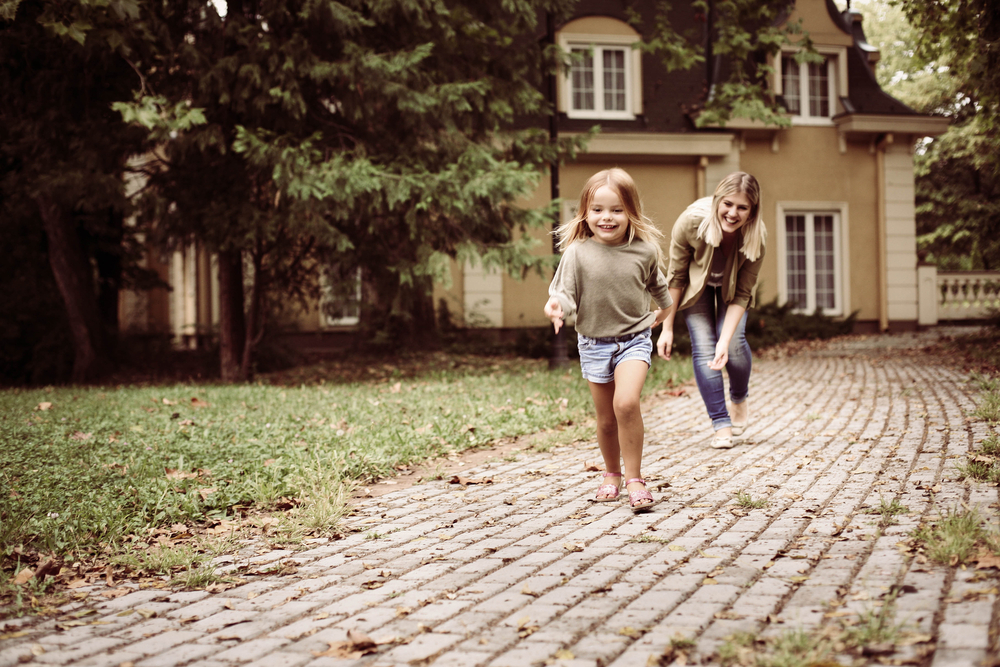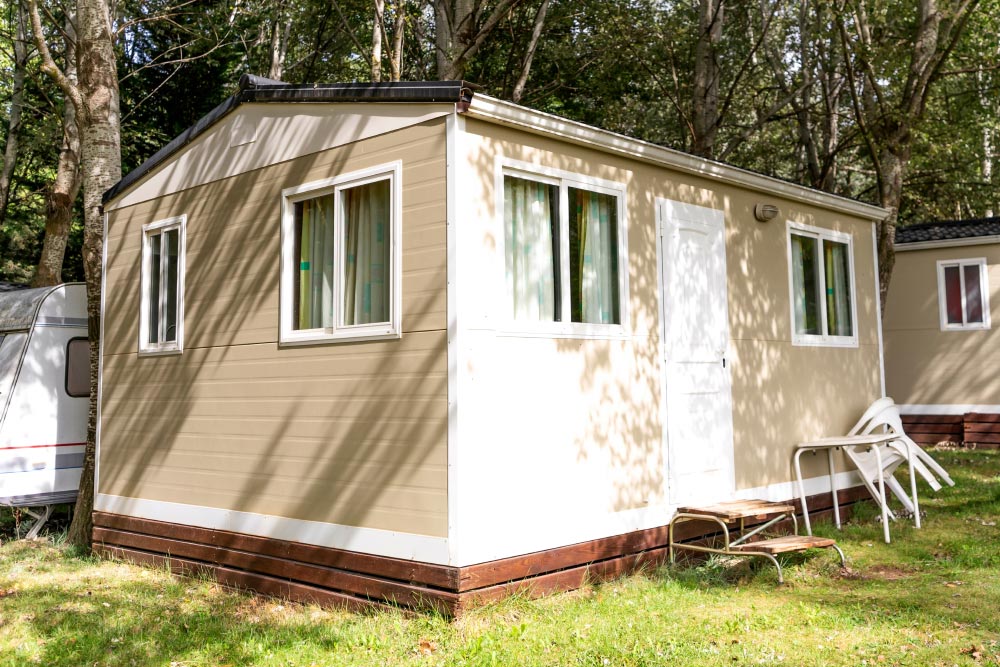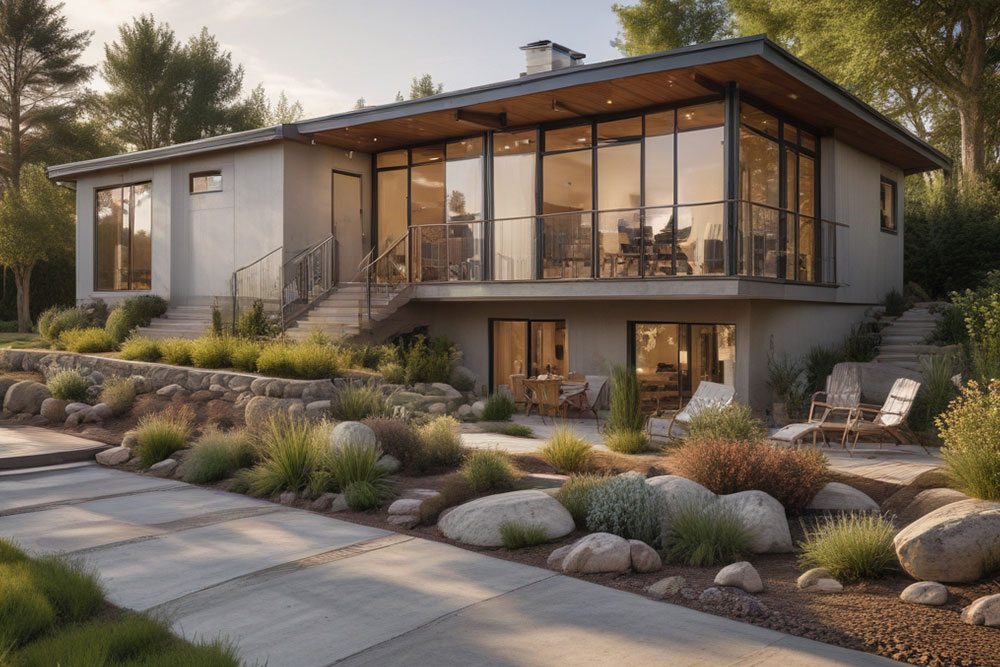Exploring Types of Rural Single-Family Homes
Explore different types of single-family homes in rural areas, including detached houses, townhouses, condos, and land. Learn about benefits, distinctions, and maintenance considerations to help you choose the ideal countryside residence that fits your lifestyle and budget.
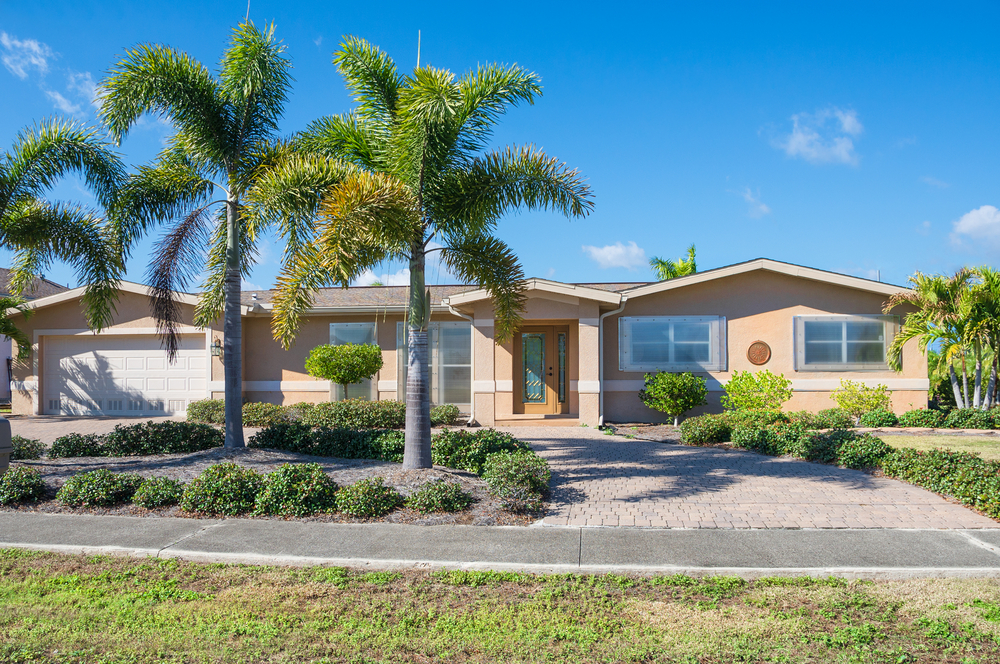
Various Types of Single-Family Homes in Rural Areas
Understanding the different types of single-family homes available in rural regions
When selecting a home in the countryside, it's essential to consider your lifestyle preferences and the options available in the market. As needs evolve, a variety of residential property types are accessible to suit different tastes and requirements.
What are the main categories of single-family residences?
Independent houses
Townhouses
Detached houses
Semi-detached cottages
Duplexes and triplexes
Benefits of owning a single-family home in the countryside
These properties are built on individual plots without shared walls, providing privacy.
They typically include front and backyards, offering outdoor space for recreation or gardening.
Homeowners can customize design and layout to their preferences.
Generally, they have higher resale values compared to condos and townhomes.
However, maintenance responsibilities fall entirely on the homeowner, increasing upkeep costs.
These homes are also called standalone houses or detached homes.
Owners are responsible for all utility bills, including water, electricity, and telecommunications.
In contrast, townhomes and condos often share maintenance expenses for common areas.
Advantages of condominiums in rural settings
Condos are individual units within larger buildings or communities, sharing one or two walls with neighbors.
They may also be part of townhouse complexes.
Owners pay regular fees to homeowners’ associations (HOAs) for maintenance and community services.
Popular in densely populated areas, condos often feature shared amenities such as pools and gyms.
HOA fees cover upkeep, reducing individual financial burden for repairs.
Restrictions may apply on remodeling, pet ownership, or renting units.
Condo ownership does not include land ownership beneath the unit.
Benefits of owning a townhouse
Townhouses strike a balance between single-family homes and condos.
They usually have multiple floors, sharing one or two walls with adjacent units.
Features often include small yards and rooftop decks.
They are attached in a row, offering a more affordable option than standalone homes.
Compared to condos, they generally provide increased privacy.
Some maintenance costs may be shared among residents.
Rooms tend to be smaller, and some units may have units above or below.
Townhouses are typically more budget-friendly with fewer communal amenities.
Benefits of land ownership
Owning land allows for flexible building possibilities and personalization.
You can construct various types of homes or use land for farming and livestock.
Proper planning includes considering utilities and obtaining necessary permits.
Designing a multi-unit residence may require planning for privacy and separate access.
Differences Between Manufactured and Modular Homes
Manufactured homes are built entirely in factories and ready for mobility after completion.
Modular homes are assembled on-site from prefabricated sections and are usually placed on permanent foundations.
Manufactured units typically measure around 12x60 feet and are transported via truck.

